Arthurian Legends
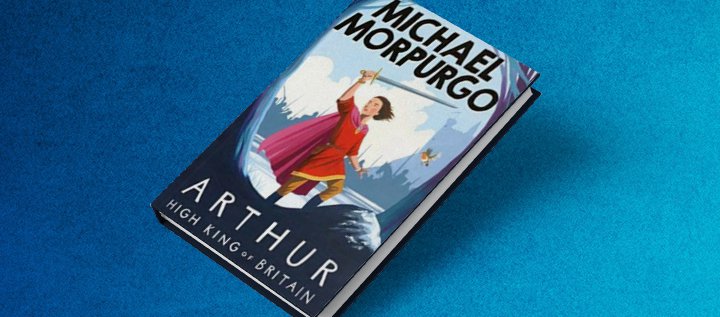
14th October 2022
In Year 5, we have been reading Arthur, High King of Britain by Michael Morpurgo, which is set during Anglo-Saxon times. It is based on a version of the King Arthur story and the tales of some of the knights of the Round Table.
When most people think of Arthurian Legend, they think of romance, chivalry and knights in shining armour. We are still wondering whether King Arthur’s character was based on a real person. This book is mind boggling because Morpurgo has blended fiction and passion with the world around us, peppering his story with a generous element of History.
As we strive to complete reading the book, we have, without a shadow of doubt, enjoyed a few characters that the children can tell you about. We have also created some artwork from a few characters we have been inspired by and have imagined what they look like. These are just a few…
The Year 5's reflected on certain elements of the book and put their thoughts to paper.
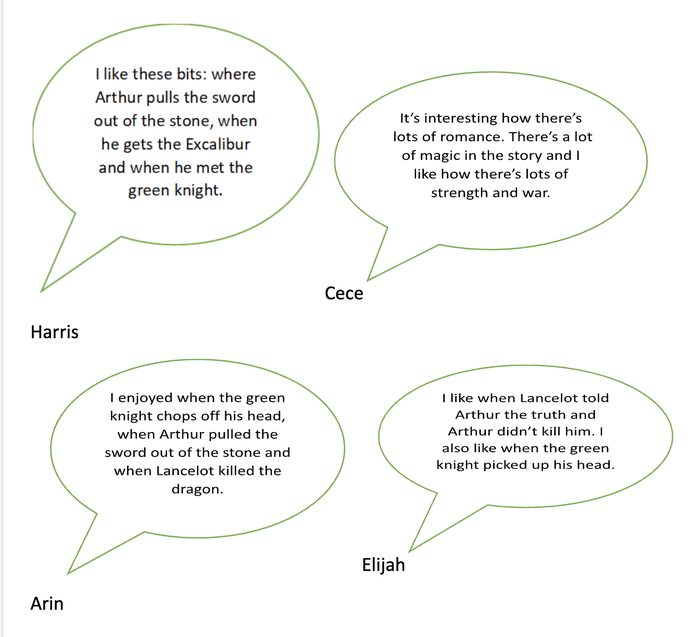
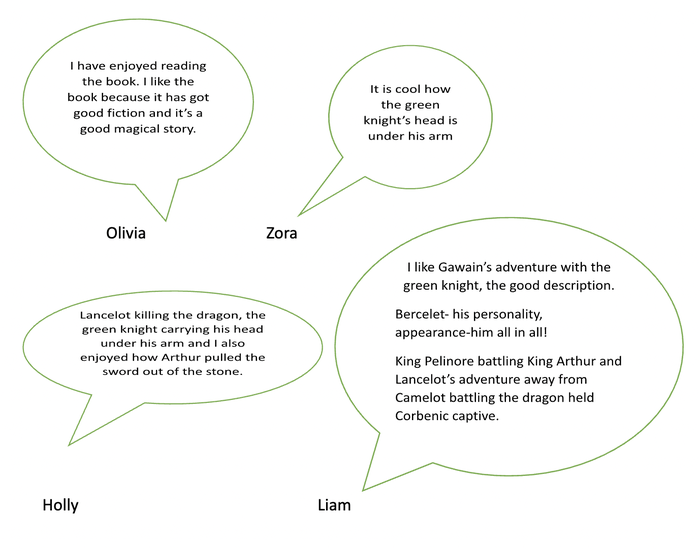
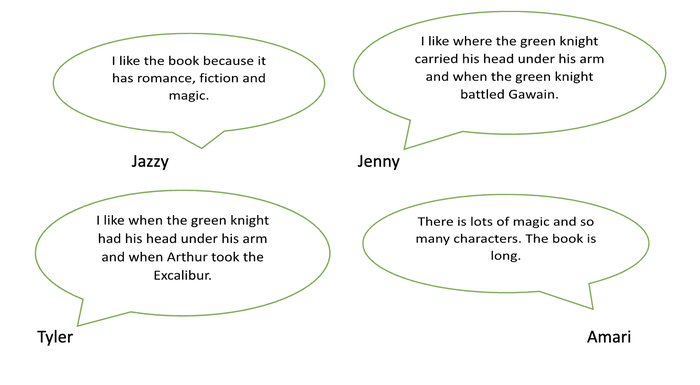
One tale is of Lancelot and how Elaine fell in love with him, though he did not have strong feelings for her. This sad tale is the basis of the poem The Lady of Shalott, by Alfred, Lord Tennyson. To coincide with National Poetry Day, Year 5 listened to an atmospheric reading of The Lady of Shalott, while looking at many of the paintings inspired by the poem.
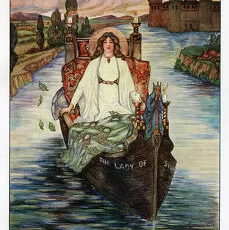
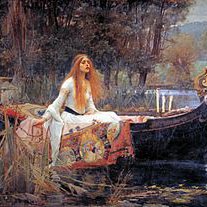
The children dove into the poem by thinking about how they felt when listening and how the mood changes during the poem. They explored how it related to our recent Anglo-Saxon learning and the story of Arthur in our novel.
The Lady of Shalott is a very long poem, but we appreciated its links with our topic and how cleverly the rhymes were used. Also, being almost two hundred years old, we looked up some of the old English vocabulary used in the poem to gain a little more understanding of some of the lines of the poem.





![IMG_E1157[1].JPG](/media/images/IMG_E11571.2e16d0ba.fill-300x300.jpg)
![IMG_E1158[1].JPG](/media/images/IMG_E11581.2e16d0ba.fill-300x300.jpg)
![IMG_E1159[1].JPG](/media/images/IMG_E11591.2e16d0ba.fill-300x300.jpg)
![IMG_E1160[1].JPG](/media/images/IMG_E11601.2e16d0ba.fill-300x300.jpg)